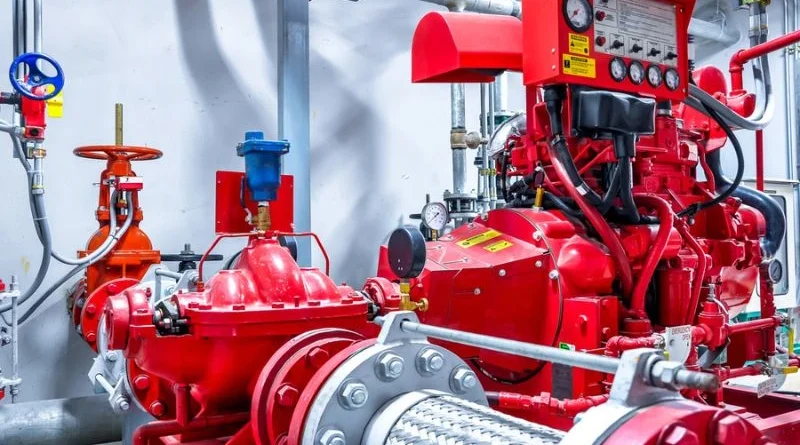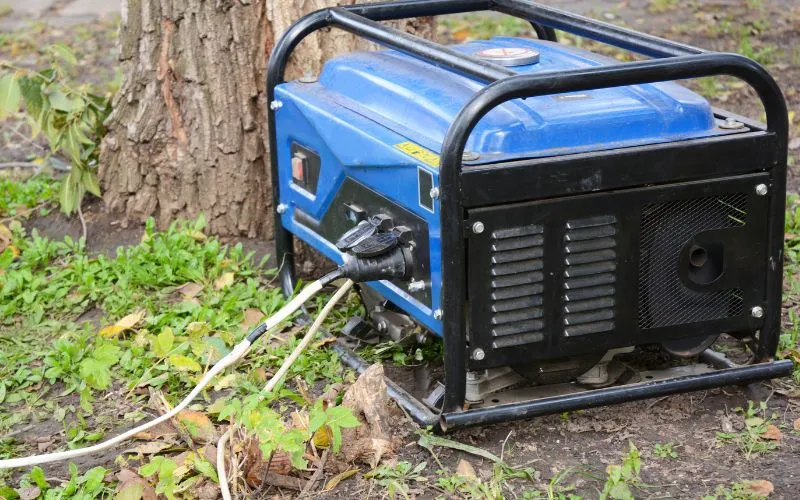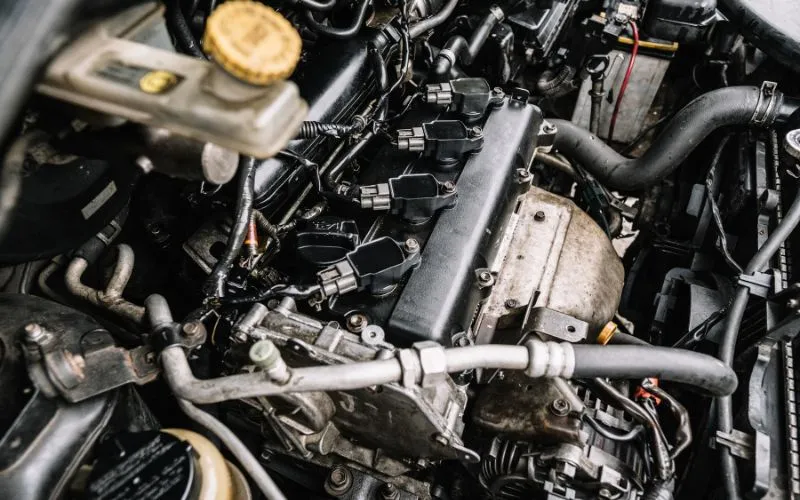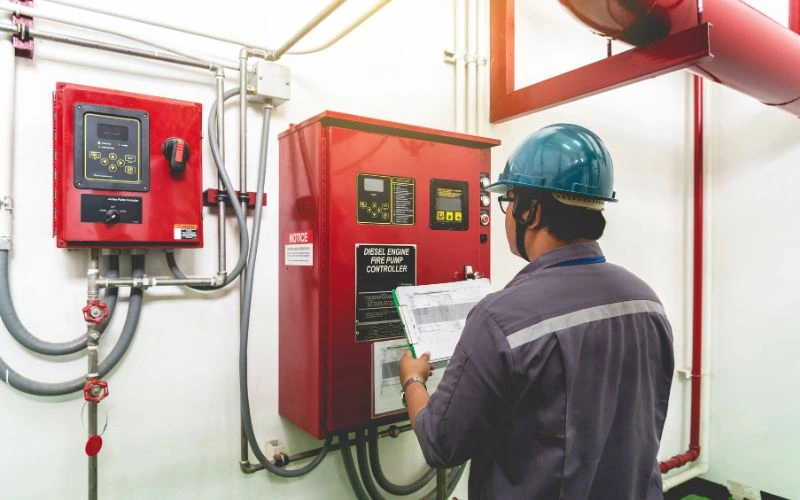
Generators are essential for providing backup power during power outages and as a primary source of power in remote locations. However, to guarantee their longevity and reliability, it is essential to implement effective generator protection measures. Generator protection includes a set of mechanisms and devices designed to protect generators from various electrical and mechanical failures. This article explains the importance of generator protection, its main components and frequently asked questions about this important aspect of power generation.
The importance of generator protection

Generators are complex machines that convert mechanical energy into electrical energy. They are susceptible to many problems that can result in costly downtime, damage or catastrophic failure. Generator protection aims to prevent these problems by detecting anomalies and taking immediate corrective measures. Here are some key reasons why generator protection is so important:
Equipment longevity
Generators represent a significant capital investment for businesses and organizations. Adopting appropriate protective measures can extend its useful life, preventing wear and tear. This, in turn, maximizes the return on investment.
Reliable power supply
Reliable power is critical in mission-critical applications such as hospitals, data centers and industrial facilities. Generator protection ensures that the generator starts smoothly during power outages, preventing malfunctions and potential disasters.
Security
Faulty generators can pose safety risks to people and property. Generator protection mechanisms help mitigate these risks by immediately shutting down the generator when anomalies are detected.
Generator Protection Components

Effective generator protection requires a combination of hardware and software components that work together to monitor, detect and respond to potential problems. Let's take a closer look at these components:
Sensors and instrumentation
Sensors and instruments form the generator's first line of protection and serve as the system's listening eyes and ears. Voltage sensors continuously monitor electrical potential, while current sensors track the flow of current in the generator. These important components are the first to detect anomalies and immediately alert the protection relays so they can take action if voltage or current levels deviate from the norm.
Voltage Sensors
Voltage sensors continuously monitor the generator output voltage. If the voltage exceeds or falls below specified limits, an alarm or shutdown will be triggered to prevent damage to connected devices.
Current sensors
Current sensors measure the electrical current flowing through the generator. Unusual current spikes may indicate a fault and trigger protective measures.
Protection relay
Protection relays are intelligent devices that act as the brain of generator protection systems. They receive information from sensors and make decisions based on predefined settings. These relays can be classified into different types:
Overcurrent protection relay
Overcurrent protection relays monitor the generator output current. The relay trips and disconnects the generator from the load when the current exceeds a certain threshold.
Differential protection relay
Differential protection relays compare the current entering and leaving the generator. A difference in these currents may indicate internal faults in the generator and cause a shutdown.
Overvoltage and undervoltage protection relays
These relays monitor voltage levels and disconnect the generator when voltage exceeds or falls below safe limits, protecting the generator and connected devices.
Frequency Protection Relay
Frequency protection relays monitor the generator output frequency. A significant deviation from the specified frequency may trigger a shutdown to prevent damage to sensitive consumers.
control system
Generator protection systems are integrated with control systems that control generator operation. These systems guarantee a coordinated response to detected errors. You can automatically start or stop the generator and initiate load shedding if necessary.
Alarms and notifications
Generator protection systems include alarm systems that provide visual and audible warnings in the event of abnormal conditions. Additionally, they can send notifications to operators or maintenance personnel for quick response and troubleshooting.
Data recording and analysis
Many modern generator protection systems offer data logging capabilities that allow analysis of historical data. This helps identify recurring problems, optimize generator performance, and plan maintenance schedules.
Implement Effective Generator Protection

Now that we understand the importance and components of generator protection, let's delve into the steps required to implement an effective generator protection system:
Generator vulnerability assessment
First, perform a comprehensive assessment of your generator system. Identify potential vulnerabilities and critical points of failure. Consider factors such as generator type, connected load, environmental conditions and specific requirements of your application. This assessment will help you determine the most appropriate protections for your configuration.
Choosing the Right Protection Relays
Choosing the appropriate protection relays is crucial. Make sure the relays you select meet your generator specifications and identified weaknesses. Consult experts or manufacturers to ensure you have the correct relays for overcurrent, overvoltage, undervoltage and other critical parameters.
Calibration and testing
After installing the protection relays, calibrate them according to the manufacturer's guidelines. Test the protection system regularly to check its operation. Regular testing allows you to identify any problems or malfunctions in the design and ensure that it functions optimally when needed.
Integration with control systems
Generator protection systems must be seamlessly integrated with your generator control systems. This integration enables automatic responses to faults and ensures that the generator can be started, stopped or isolated from the load as needed. Proper integration also allows for remote monitoring and control, improving overall reliability.
Data monitoring and analysis
Implement continuous monitoring of generator performance and protection system status. Real-time data collection and analysis helps you identify trends, anomalies and potential problems before they escalate. This also helps you make informed decisions about system maintenance and adjustments.
Routine maintenance
Generator protection systems, like any other equipment, require regular maintenance. Check sensors, relays and control systems regularly to ensure they are in good working order. Make any necessary repairs or replacements immediately to maintain system reliability.
Operator training
Well-trained operators are essential for the effective operation of generator protection systems. Make sure your team understands how the protection system works, how to respond to alarms, and how to troubleshoot common problems. Regular training can help keep your team up to date on the latest technologies and best practices.
Conclusion
Generator protection is an indispensable aspect to ensure the reliable operation of generators in various applications. Protects equipment, guarantees constant power and increases safety. By understanding the components of generator protection and answering common questions, companies can make informed decisions to protect their valuable assets and maintain uninterrupted power generation.
Common questions
1. Why is generator protection necessary when generators are built to withstand voltages?
Generators are robust machines, but they are not invulnerable. Over time, wear and tear can occur, and unforeseen events such as electrical failures or load imbalances can overload the generator beyond its designed limits. Generator protection serves as a safety net, ensuring that the generator and connected devices remain safe and operational even under adverse conditions.
2. Can generator protection systems be customized for specific applications?
Yes, generator protection systems can be customized to meet the individual requirements of different applications. Depending on the criticality of the fed loads, generator type and environment, protection settings can be adjusted to provide optimal protection without unnecessary shutdowns.
3. Are generator protection systems a one-time investment?
Generator protection systems are a one-time investment, but they require ongoing maintenance and regular calibration to ensure their continued effectiveness. Regular testing and inspections of sensors, relays and control systems are essential to maintain reliability.

